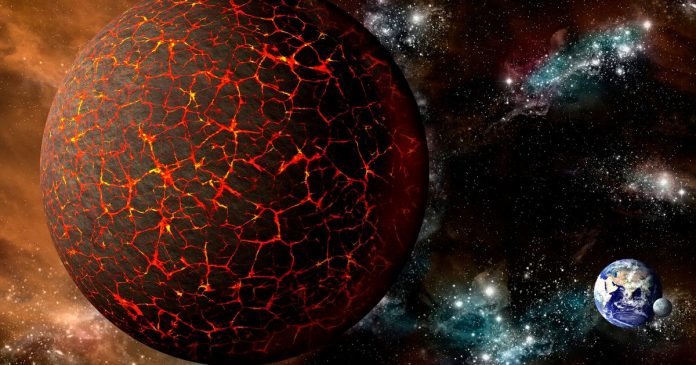
By Jim Brace-Thompson
The idea of “Planet X” (or “Planet Nine”) has been around for well over 150 years. The theory involves an unknown, unseen giant planet in the outer reaches of our solar system far beyond Neptune and dwarf planet Pluto. Proponents claim that distant lumps of rock and ice are specifically clustered together way, way out there, and they must be clustered due to the gravitational pull of hypothetical Planet X or Planet Nine that circles our sun in an eccentric and inclined orbit.
Not so fast, say others in a recent report in Planetary Science Journal. The clustered debris may simply be the result of selective bias in where astronomers happen to have focused their telescopes. These scientists say that there is likely far more debris out there, and it isn’t necessarily clustered together in any particular way.
Scientists hope that a new telescope—the Vera C. Rubin Observatory due to debut in Chile in 2023—will help settle the debate. That telescope should provide a view of many, many more objects in the far reaches of the solar system and should help determine if the clustering effect observed thus far is real or is due to selective bias.
Author: Jim Brace-Thompson
 Jim began and oversees the AFMS Badge Program for kids, has been inducted into the National Rockhound & Lapidary Hall of Fame within their Education Category.
Jim began and oversees the AFMS Badge Program for kids, has been inducted into the National Rockhound & Lapidary Hall of Fame within their Education Category.
Contact him at jbraceth@roadrunner.com.
If you enjoyed what you’ve read here we invite you to consider signing up for the FREE Rock & Gem weekly newsletter. Learn more>>>
In addition, we invite you to consider subscribing to Rock & Gem magazine. The cost for a one-year U.S. subscription (12 issues) is $29.95. Learn more >>>















